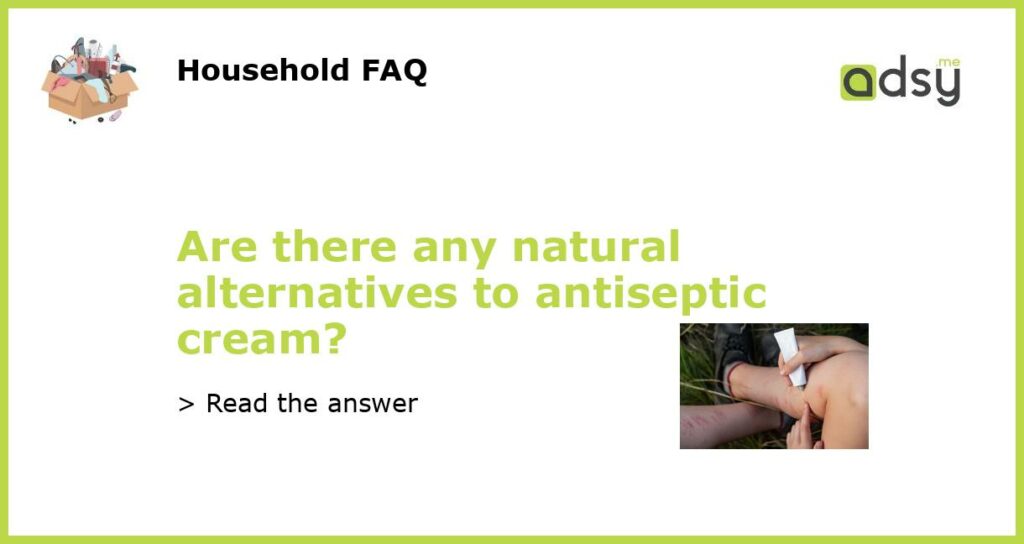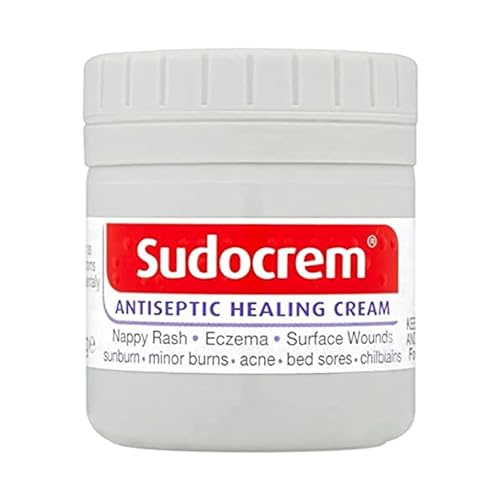Understanding Antiseptic Creams
Antiseptic creams are often used to prevent infections in minor cuts, burns, and wounds. They work by killing or preventing the growth of microorganisms that may cause infections, such as bacteria and fungi. However, antiseptic creams may contain chemicals and synthetic ingredients that some people may be sensitive to. This has led many people to seek natural alternatives to antiseptic creams. In this article, we will explore some of the natural options that may help prevent infection and promote healing.
Honey
Raw honey has been used for centuries for its medicinal properties. It has natural antibacterial and anti-inflammatory properties that may help prevent infection and promote healing. Applying honey on a wound or cut can create a protective barrier and prevent bacteria from entering the skin. It also helps to reduce inflammation and pain. Manuka honey, in particular, has been found to be effective against a wide range of bacteria including antibiotic-resistant strains such as MRSA.
Tea Tree Oil
Tea tree oil is a well-known natural antiseptic that has been used for centuries. Its antiseptic properties make it effective in treating wounds, cuts, and infections. It has also been found to be effective against antibiotic-resistant bacteria such as MRSA. To use tea tree oil, dilute it with a carrier oil such as coconut oil or olive oil, and apply it on the affected area. However, it’s important to note that tea tree oil should not be ingested and may cause skin irritation in some people.
Aloe Vera
Aloe vera is a plant that has been used for centuries for its medicinal properties. It has natural anti-inflammatory and antimicrobial properties that may help prevent infections and promote healing. Applying aloe vera gel on a wound or cut can help reduce inflammation, swelling, and redness. It also creates a protective barrier that prevents bacteria from entering the skin. Aloe vera gel can also help soothe burns and sunburns.
Garlic
Garlic is another natural antiseptic that has been used for centuries for its medicinal properties. It has antimicrobial properties that make it effective against a wide range of bacteria and fungi. Applying crushed garlic on a wound or cut can help prevent infection and promote healing. However, it’s important to note that garlic may cause skin irritation in some people and should be used with caution.
Calendula
Calendula is a plant that has been used for centuries for its medicinal properties. It has natural anti-inflammatory and antimicrobial properties that may help prevent infections and promote healing. Applying calendula oil or cream on a wound or cut can help reduce inflammation and promote healing. It also creates a protective barrier that prevents bacteria from entering the skin. Calendula can also be used to soothe dry and irritated skin.
Exploring Natural Alternatives to Antiseptic Creams
Antiseptic creams are often used to prevent infections in minor cuts, burns, and wounds. However, they may contain chemicals and synthetic ingredients that some people may be sensitive to. Natural alternatives such as honey, tea tree oil, aloe vera, garlic, and calendula may offer effective natural antiseptic properties. As with any natural remedy, it’s important to use caution and seek medical advice if the wound or cut is severe or if there are signs of infection such as redness, swelling, or pus.






